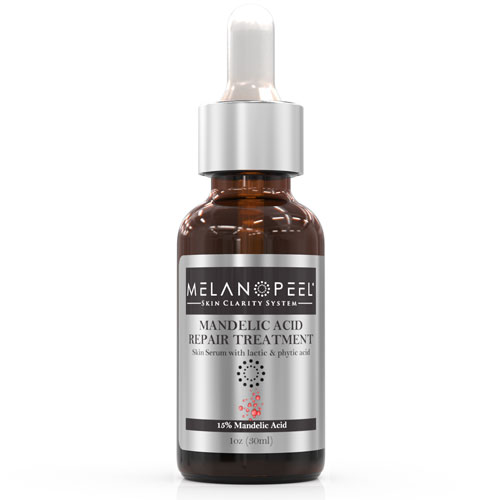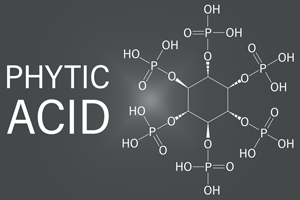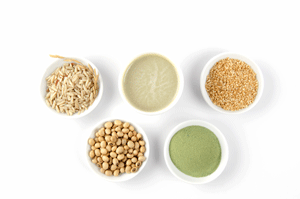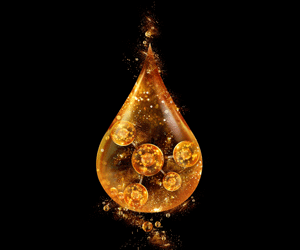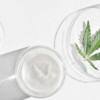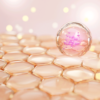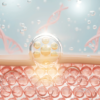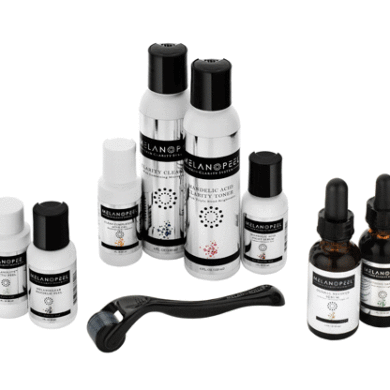Notice: Undefined index: ids in /home/cy9i49od05eq/public_html/wp-content/plugins/essential-grid/public/essential-grid.class.php on line 6038
Notice: Undefined offset: 0 in /home/cy9i49od05eq/public_html/wp-content/plugins/essential-grid/public/essential-grid.class.php on line 6043
Notice: Trying to access array offset on value of type null in /home/cy9i49od05eq/public_html/wp-content/plugins/essential-grid/public/essential-grid.class.php on line 6043
Many Melanopeel serums and toners contain this gentle anti-oxidant alpha-hydroxy acid to support our mandelic protocols. Let’s learn a little more about this baby acid.
Various plant seeds, nuts, grains, legumes, and tubers store phosphorus through a substance called phytic acid. You may have heard of this natural antioxidant before since it is also known as phytate, Inositol hexaphosphate, or IP6. It is likely that phytic acid is already a part of your current diet because many foods are high in phytic acid including:
- Almonds
- Beets
- Lentils
- Potatoes
- Rice
- Sesame Seeds
- Walnuts
- Whole Wheat
A big part of the usefulness of phytic acid in the diet is its ability to limit or prevent the absorption of certain minerals, such as calcium, iron, and zinc. While that may sound like a bad thing at first, research studies have found that a balanced intake of phytic acid is not a health risk. Rather, it may have protective benefits by acting as a chelating agent, preventing the overabundance of minerals, and metals that may lead to damage on the DNA level.
Phytic acid in the diet has been found to be protective against colon cancer and osteoporosis.
Phytic acid on the skin:
Phytic acid is gentle skin exfoliator, and is also an antioxidant, by preventing environmental damage caused by free radicals. It also helps with skin brightening, and works well with mandelic acid for pigmented skin conditions like melasma and PIH.
Compared with other exfoliating agents like salicylic acid and glycolic acid, phytic acid causes the least irritation on the skin according to experts. While it promotes the quicker turnover rates of skin cells, it does so in a milder yet still effective manner.
Some of our Phytic Acid Favorites:
